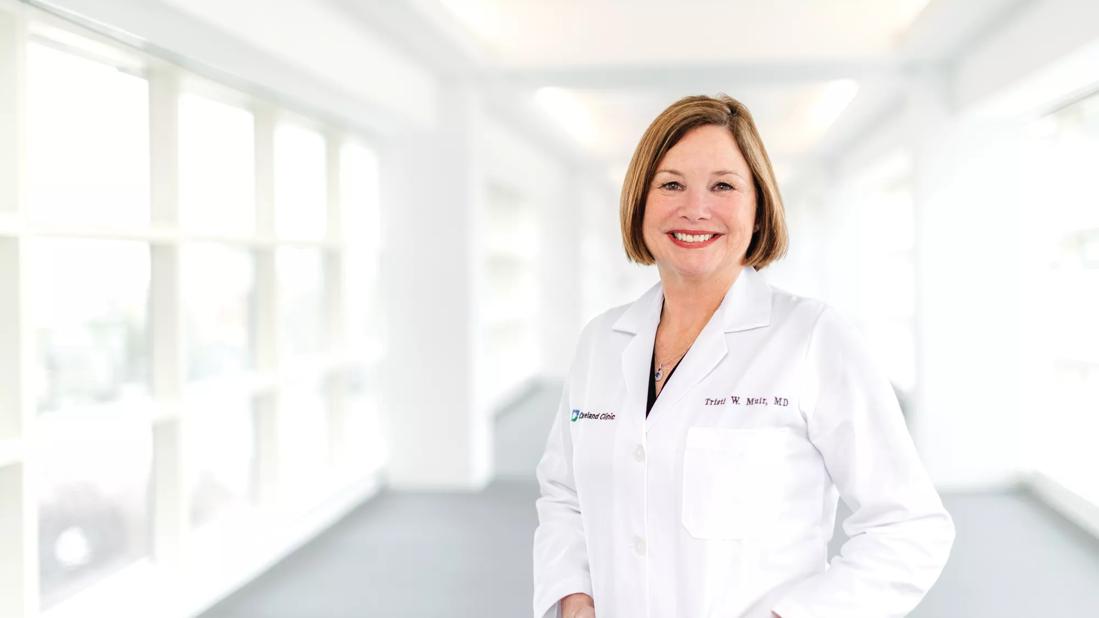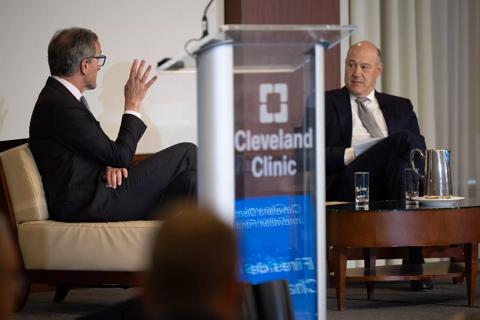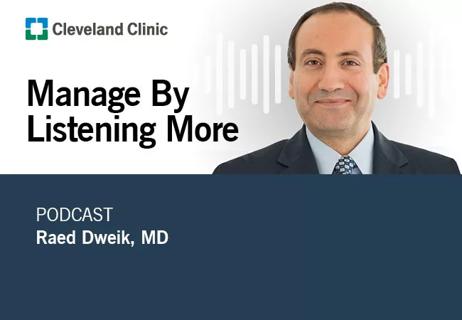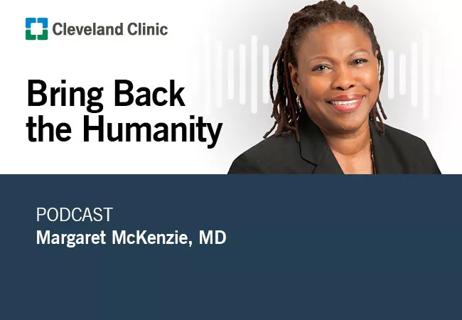Advertisement
Big-picture goals demand continuous attention

By Tristi Muir, MD, Chair, Cleveland Clinic Ob/Gyn & Women’s Health Institute
Advertisement
Cleveland Clinic is a non-profit academic medical center. Advertising on our site helps support our mission. We do not endorse non-Cleveland Clinic products or services. Policy
During times of high stress or crisis, daily challenges can eclipse big-picture goals. For several years now, pandemic-related stresses in the field of healthcare have been at an all-time high. Within the field of women’s health, changes in reproductive law following the Supreme Court’s Dobbs decision have resulted in additional complications. But as clinicians who are trained to be problem solvers, we know that it’s important to maintain a focus on the big picture and continue to push forward with meaningful action in areas where we can make a positive impact. At Cleveland Clinic’s Ob/Gyn & Women’s Health Institute, this means we rise to face profound challenges and we make sure to stay connected to why we do what we do so that we may be strong advocates for our patients and our profession.
The Supreme Court’s overturning of Roe V. Wade immediately changed a number of state laws, some of which now seriously restrict abortion rights. Moving forward, it will be important to gain a full understanding of the health consequences of these laws. As reproductive health specialists, we must concentrate on providing data-driven information to fellow practitioners and to the community at large. A Sept. 13, 2022 New York Times article, “What a High-Risk Pregnancy Looks Like After Dobbs,” featured Cleveland Clinic patients and caregivers in an important illustration of some of the medical reasons a woman might seek to terminate a pregnancy. We will need to continue to educate our communities, legislators and the media so that people better understand that reproductive law affects individuals beyond those who would seek to end pregnancies for non-medical reasons.
A number of new laws constrain either what physicians can do or what they perceive they can do. They may be fearful of providing the right healthcare in a timely fashion. If a pregnant patient’s water breaks in the second trimester, and the baby has a heartbeat but is not viable, the physician might not proceed with induction because it could be perceived as an abortion. With that delay, a woman can become infected and have a poor outcome. We must continue to raise awareness about how restrictions that tie our hands affect care in a range of specialties, including maternal-fetal health and fertility.
In states that ban abortion, it will be important to keep an eye on birth rates and healthcare disparities. Where abortion bans are in place, are we seeing an increase in maternal mortality? What kind of network will be available to help people take care of children who are born with a fetal anomaly? It will be essential to look at maternal morbidity as well.
We need to gather that data, share it and make it known.
Across the healthcare spectrum in recent years, we have seen an increased awareness of the problem of inequities based on race, ethnicity and socioeconomics, but we have not seen improvements. The issues in this arena are numerous.
At Cleveland Clinic, we present seminars to raise caregiver awareness of implicit bias and how it manifests in daily practice. We have morbidity and mortality conferences that focus on inequities, disparities and how social determinants of health affect patient care. That education is crucial. Unfortunately, healthcare inequities were not considered when I was going through medical school, but there is a growing understanding that the subject needs to be an early and ongoing part of medical education.
Cleveland Clinic also has an initiative to reduce infant and maternal mortality. This necessitates building trust within our communities. It’s important for us to reach people where they live, and to provide healthcare in a way that is meaningful to them.
Advertisement
We appointed a director from our institute to help lead a project that involves putting healthcare workers into neighborhoods where inequities are prevalent. And we hope to be able to build a labor and delivery facility that is more accessible to residents of neighborhoods where infant mortality rates are higher. Reducing and eliminating healthcare inequities is the very definition of a big-picture issue. Keeping it on the radar, and holding ourselves accountable for making progress, is necessary if we are to fulfill our duty to serve those most in need in our communities.
Since the start of the pandemic, the media have kept up a drumbeat of messaging about the hardships of healthcare work. Battles over reproductive health have amplified the dire messaging. While it is true that our work is challenging, it is equally true that obstetrics and gynecology is still an intensely rewarding field. We need to stay connected to our enthusiasm for the work, both so we can be persuasive ambassadors for the next generation and so we can bring our best selves to work.
The specialty provides a uniquely dynamic ability to provide medicine. We experience the excitement of holding a baby and being the first one to lay your arms around a little person. How wonderful is that? Nothing diminishes that joy. Women’s health offers a variety of experiences beyond childbirth as well, from the excitement of emergency settings to the challenges of a controlled surgery to the privilege of caring for a woman throughout the spectrum of her life.
None of that goes away, even for those practicing in a state with restrictive reproductive law. Our calling is to provide care to women who need it. New laws make that calling more pressing, not less so. We see that in our practice week in and week out. At Cleveland Clinic, we embrace the belief that leadership is not just a description of a person’s rank or title, but a quality that can be demonstrated regardless of a person’s role. Maintaining connection to big-picture issues – even in stressful times – is a hallmark of good leadership.

Advertisement

Interactive Zen Quest experience helps promote relaxing behaviors

Cleveland Clinic and IBM leaders share insights, concerns, optimism about impacts

Cleveland Clinic partners with Palantir to create logistical command center

A Q&A with organizational development researcher Gina Thoebes

Cleveland Clinic transformation leader led development of benchmarking tool with NAHQ

Raed Dweik, MD, on change management and the importance of communication

Small business owners expand their networks and gain new insights

Leadership pearls from Margaret McKenzie, MD, hospital vice president